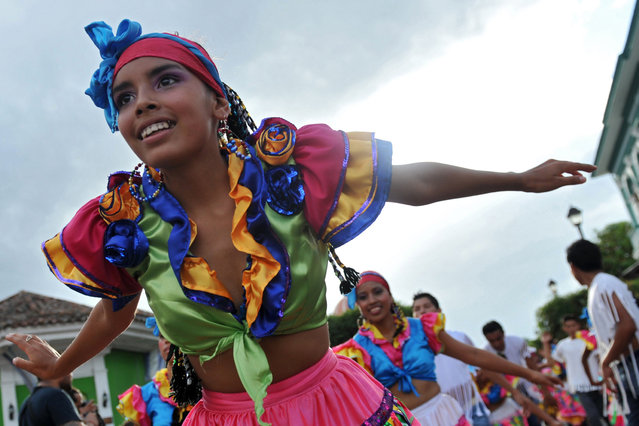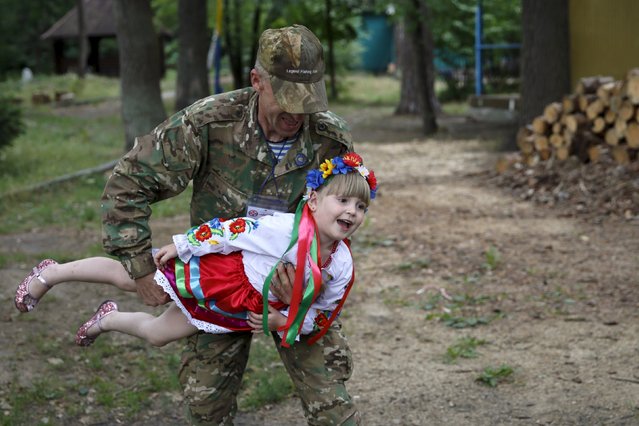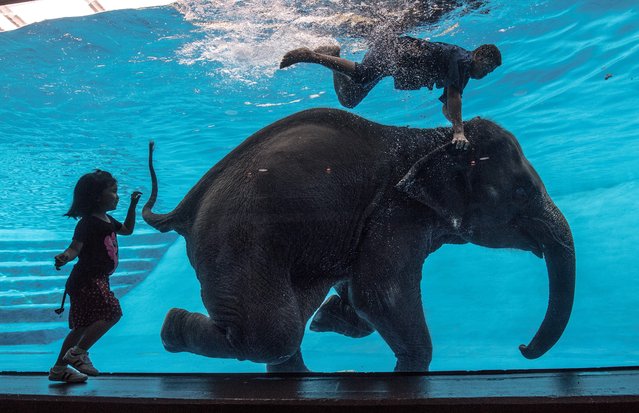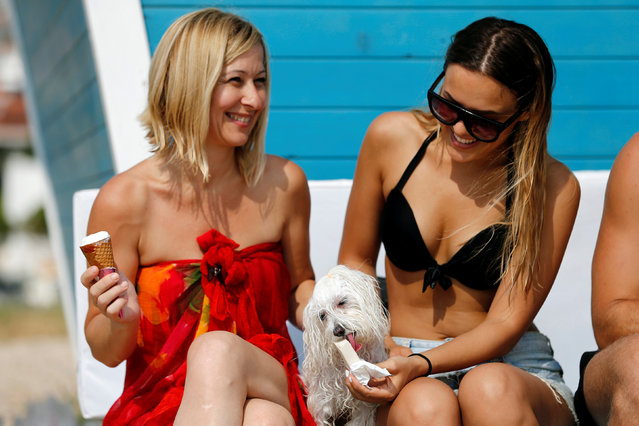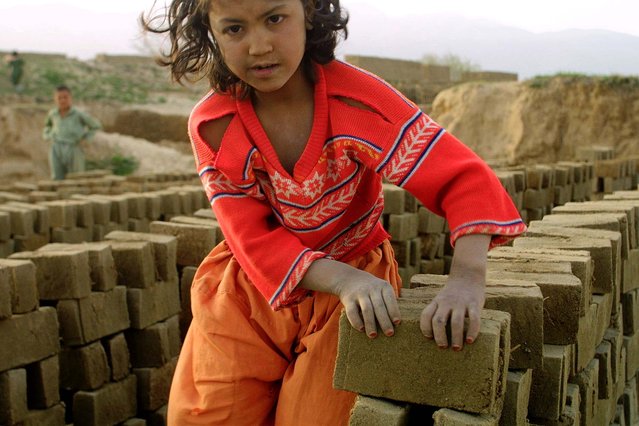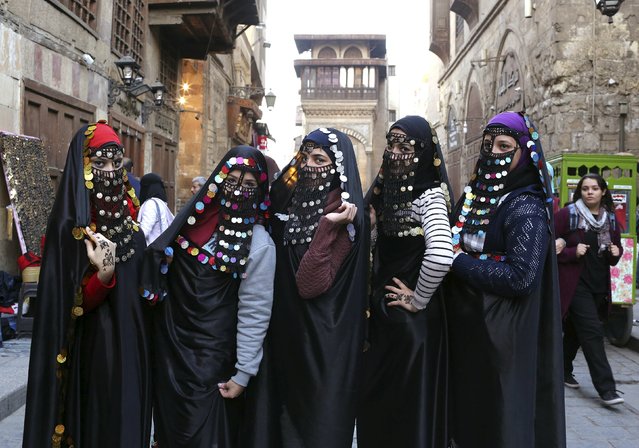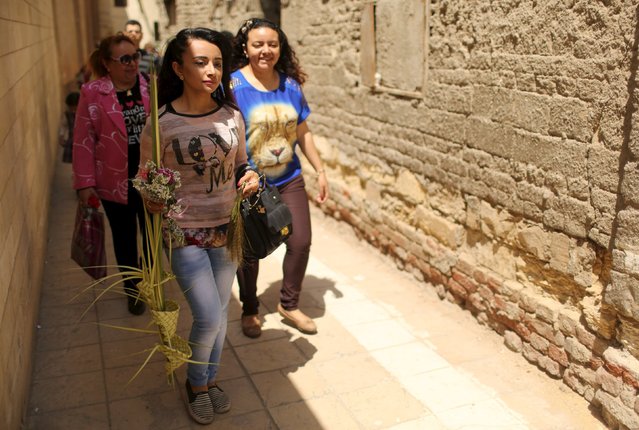
An Egyptian Coptic Christian girl carries palm decoration during Palm Sunday inside a church in Old Cairo, Egypt, April 5, 2015. For Christians worldwide, Palm Sunday marks Jesus Christ's entrance into Jerusalem, when his followers laid palm branches in his path, prior to his crucifixion. Western Christian churches and most Orthodox Christian churches follow different calendars and observe Easter on different dates. (Photo by Asmaa Waguih/Reuters)
06 Apr 2015 09:20:00,post received
0 comments

